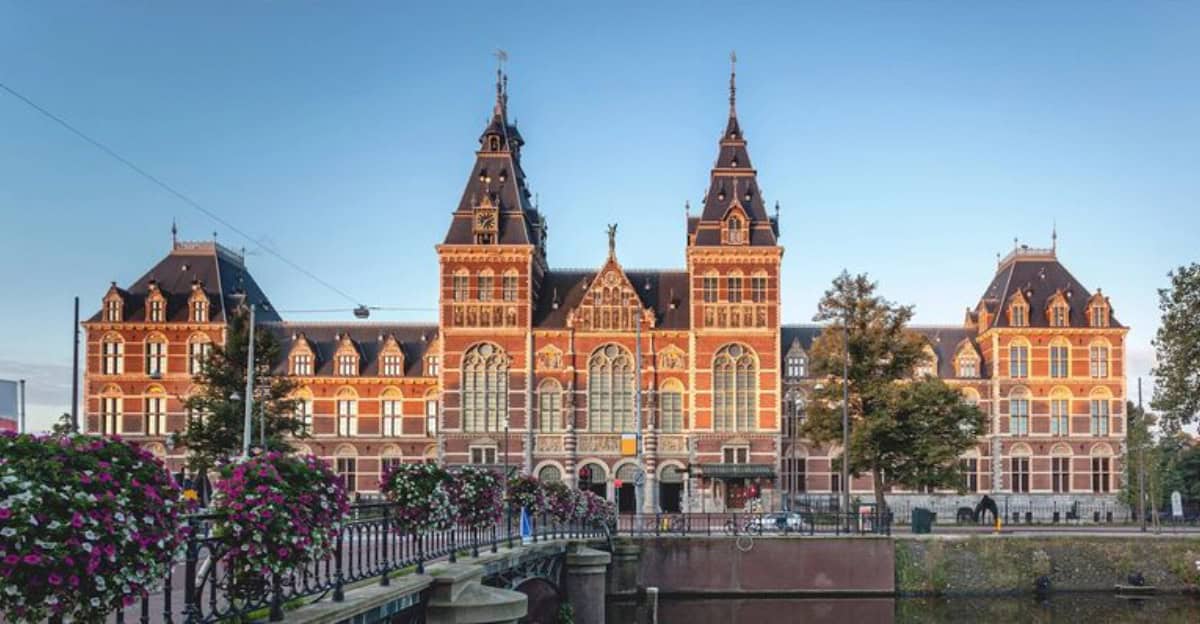Preserving architectural heritage is vital for maintaining the historical and cultural fabric of our societies.
Many beautiful and iconic buildings have faced the threat of demolition, only to be saved through public outcry, advocacy, and innovative restoration efforts.
Here, we explore 7 remarkable buildings from around the globe that have been preserved against all odds, each with its unique story and charm.
1. The Flatiron Building
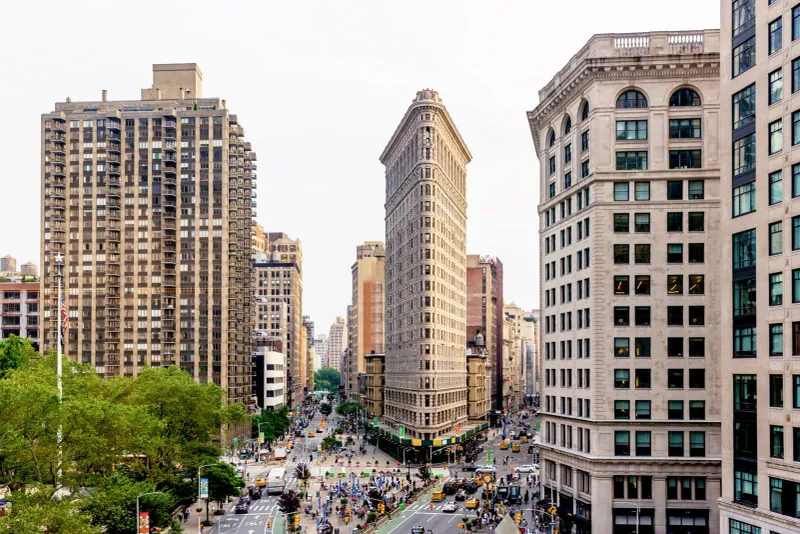
The Flatiron Building in New York City, with its distinctive triangular shape, stands as a testament to architectural innovation. Built in 1902, it was nearly demolished due to structural concerns in the 1980s.
However, public admiration and a dedicated preservation campaign saved this iconic structure. Standing at the intersection of Fifth Avenue, it continues to captivate both locals and tourists alike.
The Flatiron’s unique design and historical significance have earned it a place in the heart of the city, symbolizing New York’s architectural resilience and creativity.
2. The Colosseum
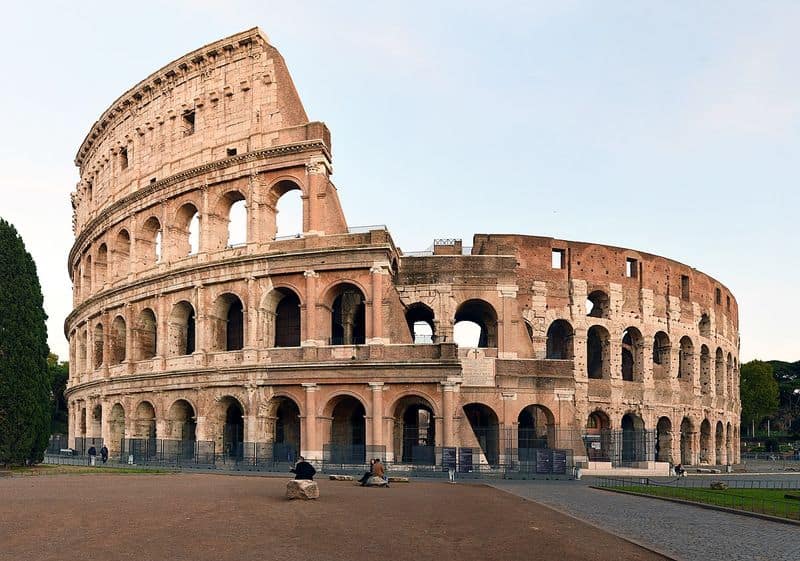
The Colosseum in Rome, Italy, is one of the world’s most recognizable landmarks. This ancient amphitheater, built in AD 80, faced possible demolition post-medieval era due to neglect and natural disasters.
Restoration efforts in the 19th and 20th centuries preserved its grandeur. Today, it stands as a monument to Roman engineering and history.
Visitors from around the globe marvel at its intricate design and historical importance. Its preservation allows us to glimpse into the past, understanding the cultural and social dynamics of ancient Rome.
3. The Royal Opera House
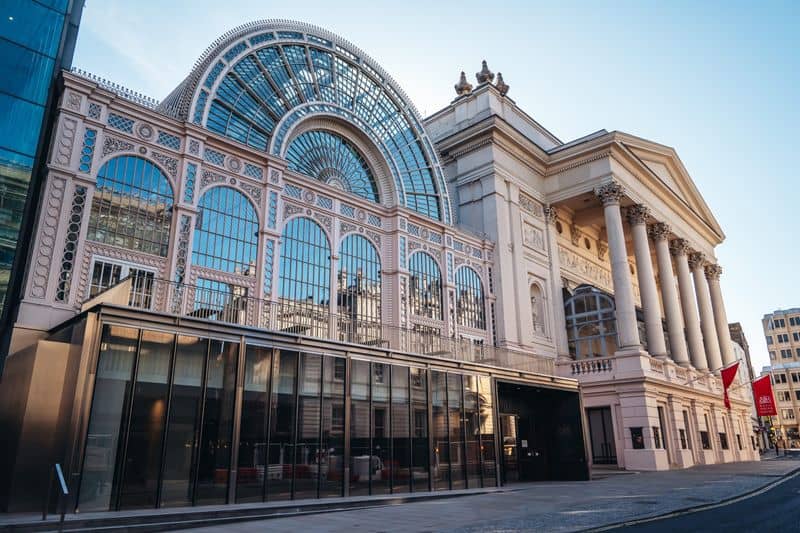
London’s Royal Opera House, located in Covent Garden, is a beacon of cultural heritage. Established in 1732, it faced potential demolition after severe war damage.
Passionate advocates, valuing its artistic significance, ensured its restoration and ongoing performances. The Opera House continues to host world-class productions, enchanting audiences with its elegance.
This landmark stands as a symbol of resilience and dedication to the arts, preserving the rich operatic history of London and providing a stage for future generations of performers.
4. The Chrysler Building
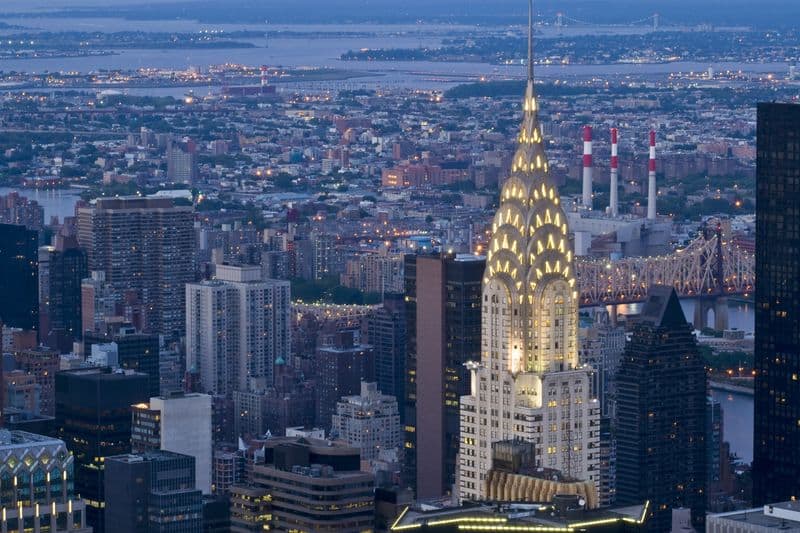
The Chrysler Building in New York City epitomizes the Art Deco architectural style. Erected in 1930, it faced demolition threats during mid-century modernization waves.
Fortunately, its iconic spire and design elements, celebrated by architecture enthusiasts, led to its preservation. Today, it stands proudly in the Manhattan skyline.
The building’s unique aesthetic and historical value continue to inspire architects and city planners. Its preservation underscores the importance of maintaining architectural diversity in urban landscapes.
5. The Sydney Opera House
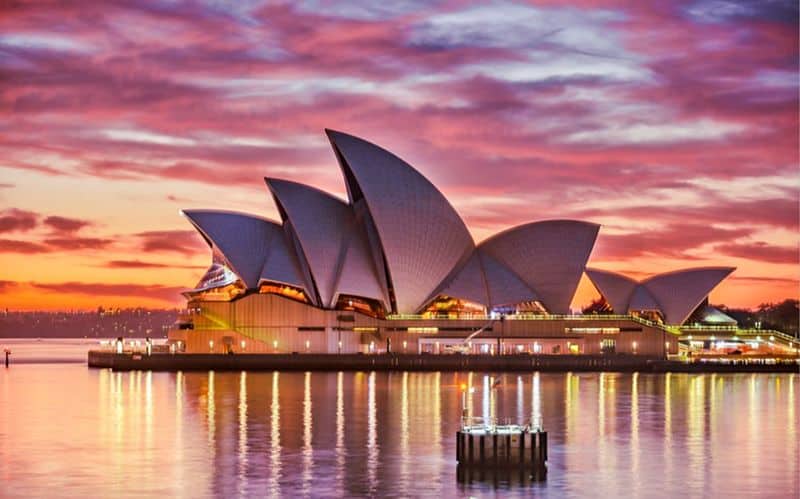
The Sydney Opera House, with its sail-like design, is a symbol of architectural brilliance. Located in Australia’s Sydney Harbour, it faced numerous construction challenges and financial hurdles.
Threatened by potential abandonment, perseverance and support from the community ensured its completion in 1973.
Now a UNESCO World Heritage Site, it hosts a plethora of cultural events. Its preservation highlights the triumph of vision and collaboration, making it a global icon of modern architecture.
6. The Palace of Fine Arts
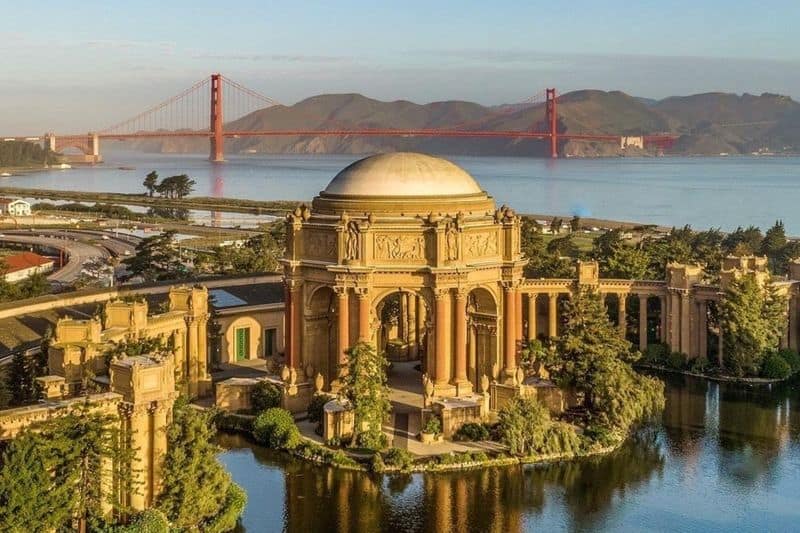
San Francisco’s Palace of Fine Arts, initially built for the 1915 Panama-Pacific Exposition, faced demolition after the exhibition.
However, its beauty and popularity led to a campaign for its preservation and reconstruction. Today, it serves as a cultural landmark and a popular venue for arts and community events.
The Palace’s graceful architecture and tranquil setting continue to captivate visitors. Its survival story underscores the community’s role in preserving cultural legacies for future generations.
7. The Rijksmuseum
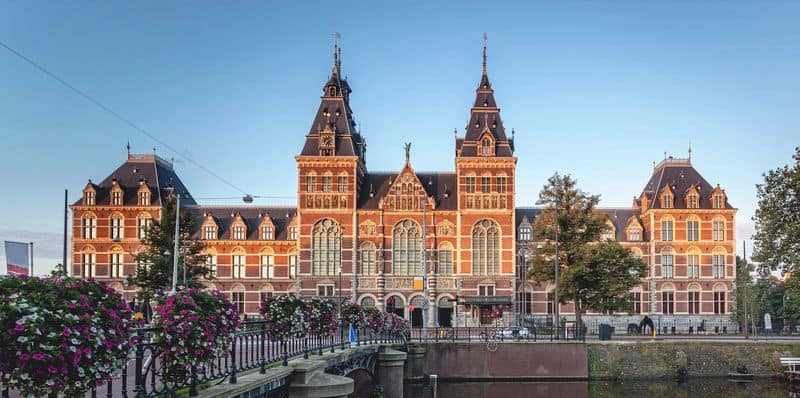
The Rijksmuseum in Amsterdam, known for its Gothic and Renaissance architecture, was threatened with closure and demolition during the mid-20th century.
Art enthusiasts and historians rallied for its preservation. The museum underwent extensive renovations, reopening in 2013 with enhanced facilities.
Home to masterpieces from Rembrandt and Vermeer, it remains a cornerstone of cultural heritage. Its preservation ensures that art and history are accessible to all, celebrating the rich tapestry of Dutch cultural achievements.

